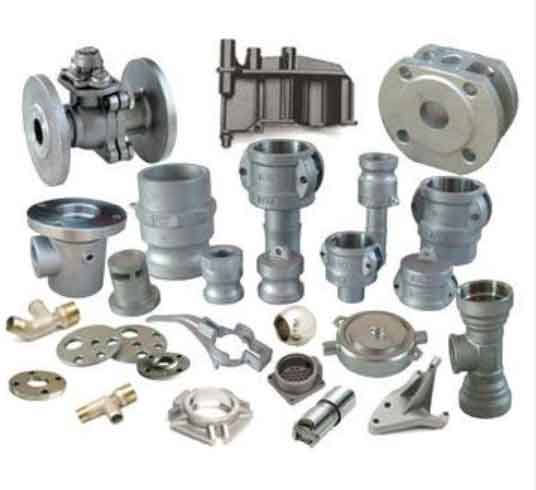Sand casting offers a wide range of customization options that allow engineers and designers to unleash their creativity and develop unique components tailored to specific needs. Some of the key customization options with sand casting parts include:

- Complex Geometries: Sand casting enables the creation of intricate and complex part geometries. Designers can incorporate features such as undercuts, thin walls, and intricate shapes, providing opportunities for innovative and creative designs.
- Material Selection: Sand casting supports a variety of materials, including various metals and alloys. Designers can choose the material that best suits the application’s requirements, considering factors such as strength, corrosion resistance, and temperature tolerance.
- Surface Finish: Sand casting offers different surface finish options, from rough to smooth. Depending on the mold and casting techniques used, designers can achieve the desired surface finish, enhancing the aesthetics and functionality of the parts.
- Integration of Multiple Components: Sand casting allows for the creation of complex assemblies by integrating multiple components into a single casting. This reduces the need for additional assembly steps and potential weak points in the final product.
- Personalization: Sand casting offers opportunities for personalization, such as adding logos, text, or unique designs to parts. This can be particularly beneficial for branding purposes or creating customized products.
- Rapid Prototyping and Iterative Design: Sand casting facilitates rapid prototyping, allowing designers to quickly create and test iterations of their designs. This iterative design process enables continuous improvement and optimization of the final product.
- Scaling Up or Down: Sand casting is scalable, making it suitable for both low-volume production and larger production runs. Designers can adjust the production volume based on demand and specific project requirements.
- Secondary Operations: Sand casting parts can undergo secondary operations, such as machining, welding, or surface treatments, to further enhance their properties or meet specific functional needs.
- Material Combinations: Sand casting allows for the use of composite materials or combining different materials within a single casting, providing designers with options to achieve specific performance characteristics.
- Architectural and Artistic Applications: Sand casting is not limited to industrial applications; it can also be used for creating sculptures, decorative elements, and architectural features, showcasing artistic creativity.
The versatility and customization options offered by sand casting provide engineers and designers with the flexibility to explore new design concepts, optimize performance, and develop innovative solutions for a wide range of industries and applications. Whether it’s in automotive, aerospace, architecture, or artistic endeavors, sand casting empowers creative minds to bring their ideas to life with precision and practicality.
